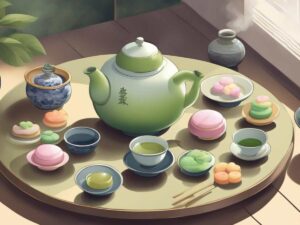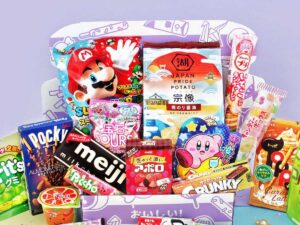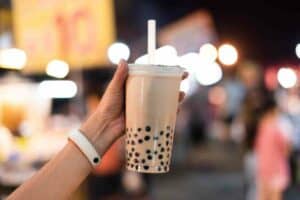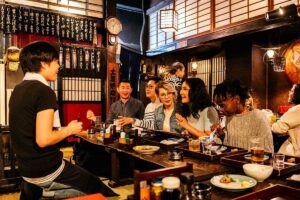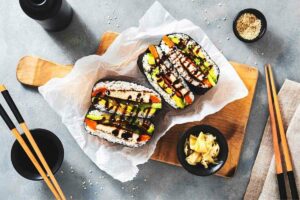Japan is world-famous for its delicious and diverse cuisine.
Another claim to fame is the high price that some Japanese will pay for premium foods.
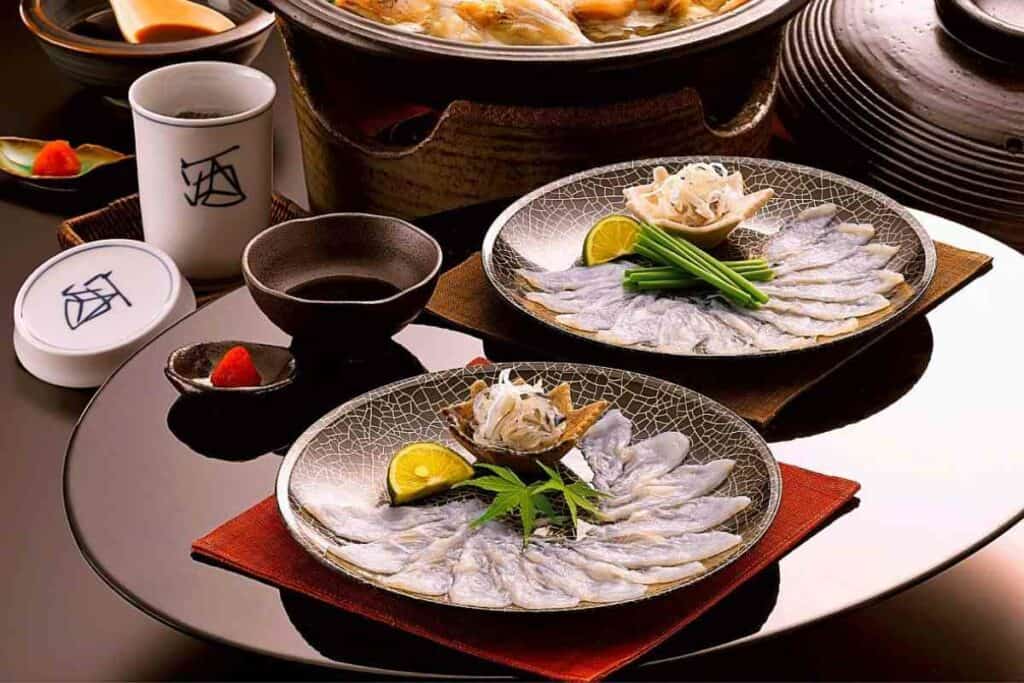
Japan produces some of the world’s most rarefied and expensive foods with fierce bidding for the most perfect meat, fish, fruit, and vegetables.
In this article, we share 10 of Japan’s most expensive foods.
Table of Contents
1. The Bijin-hime Strawberry 美人姬
This giant strawberry is one of the most desired fruits in Japan, and yes, it tastes just as good as it looks.
The Japanese take strawberries extremely seriously and are prepared to pay the highest prices to savor the very best varieties. In 2020, 108 strawberries were auctioned for more than $13,000 ($120 per strawberry).
The Beautiful Princess or Bijin-hime strawberry variety is one of Japan’s most famous. It is the labor of love of the farmer Okuda Nichio who cultivated the variety.
These strawberries are one of Japan’s most expensive foods because of the following characteristics:
- Large size and weight of over 100 grams
- Bold red color
- Fleshy and juicy
- Sweet fragrance
- Higher than normal levels of sweetness
Nichio’s strawberries grow over 45 days in tightly controlled conditions which means that only 500 can be perfected each year. This adds to their exclusivity and high cost.
Read Next ?
2. Suppon
Suppon (すっぽん) is soft-shelled turtle meat which is considered a nutritious and energizing health food in Japan.
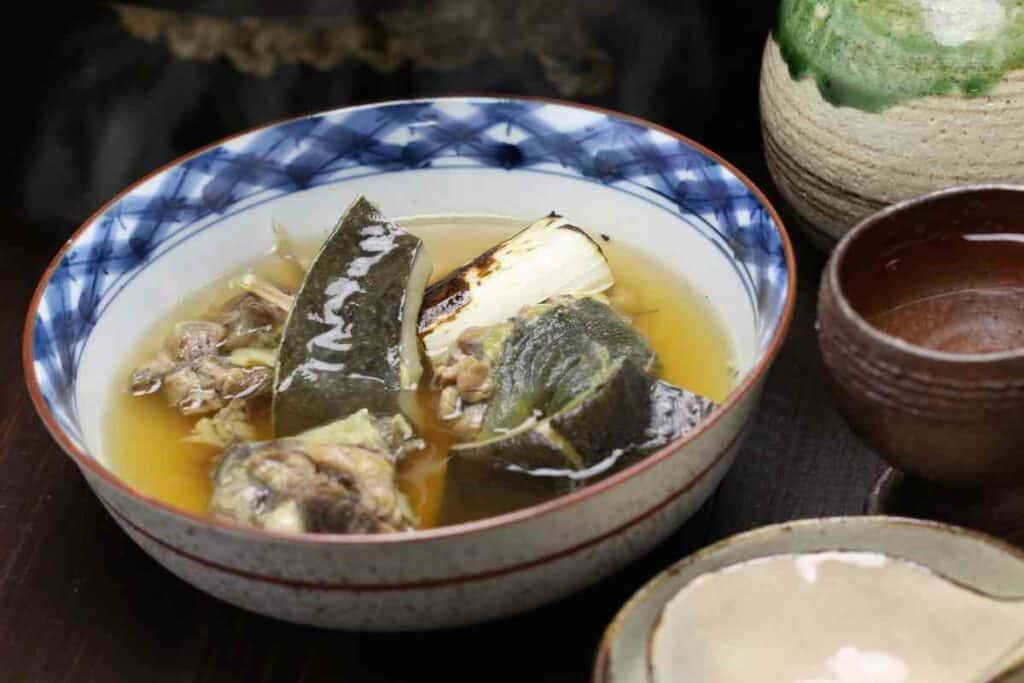
Every part of the animal apart from its shell can be consumed. A serving of turtle meat usually costs $100 and upwards.
Restaurants prepare turtle flesh by cutting it into pieces and stewing it with vegetables. The blood and eggs of the turtles may also be served raw.
3. Whale meat
The very best cuts of whale meat can command prices above $200 per kilogram.
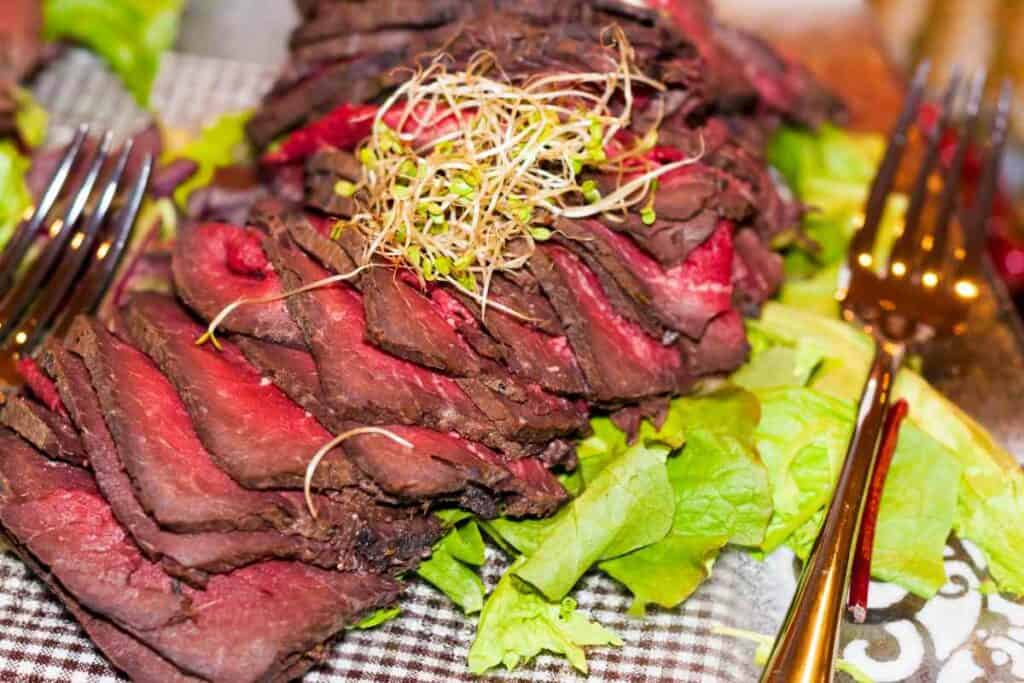
The Japanese eat over 5,000 tons of whale meat each year, with the most popular and expensive portions including
- unesu ウネス: belly fat that is used to make bacon
- onomi 尾の身: tail meat of large baleen whales that is highly marbled and eaten as sashimi
- Fluke meat is the most expensive whale meat.
With such a massive creature, there is a wide range of dishes and delicacies that can be prepared with whale flesh, including hot pots, fried skin, and cartilage salads.
Because of whaling restrictions, prices can surge and there are cases of illegal catches of the most prized Sei whale.
4. Torafugu (tiger puffer fish)
Fugu is one of the most infamous and expensive Japanese delicacies.
Across the world, this fish species is known for its potential for poisoning. This is due to the tetrodotoxin it carries which is 20 times more toxic than cyanide.
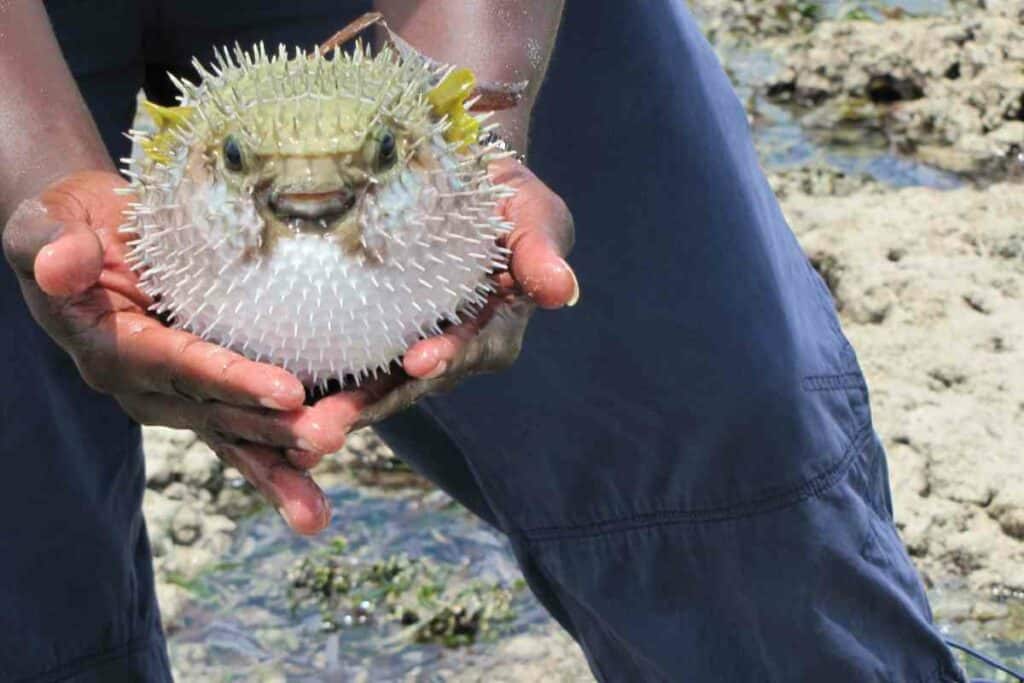
The most esteemed fugu is torafugu from the tiger pufferfish. This fish can cost as much as $235 per kilo (unprepared).
Preparing torafugu without contaminating the flesh with tetrodotoxin, requires years of specialist training. Trained fugu chefs are also licensed by the government.
The restaurants that serve fugu as sashimi or deep-fried, will airlift live, freshly-caught fish for diners to bid on.
Mistakes in preparation can be fatal, with at least 20 people poisoned by fugu in Japan every year. The government has even been known to use missile-alert systems to warn customers about contaminated fugu.
5. Kobe beef
Kobe beef is the most exclusive and expensive beef in the world.
It costs at least $620 per kilo. Despite being mentioned by many restaurants, often in conjunction with Wagyu beef, it is not widely available outside of Japan.
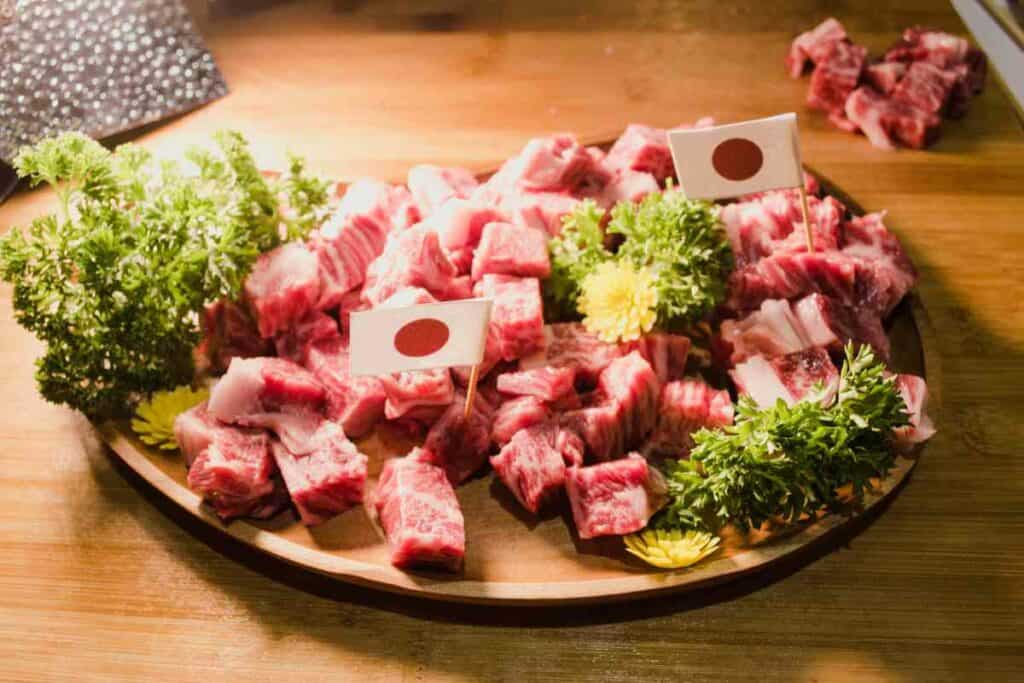
It is not the same as other Wagyu beef and to pass the test must have the following key characteristics:
- The cattle breed for Kobe beef is only the purebred Tajima black strain Wagyu. Every ancestor of the slaughtered animal should be verifiable.
- The animal should only be from the fertile lands of Tajima-Gyu, Hyogo Prefecture.
- The beef is obtained from a virgin cow or steer weighing no more than 470 kilograms.
- The animal should be slaughtered and processed within Hyogo Prefecture.
- Kobe beef should have marbling that scores 6 or higher on a special 12-point scale.
The Kobe beef breed is sustained by artificial insemination from just 12 bulls that are carefully selected.
The authorities also list the restaurants worldwide that the beef is exported to on a dedicated website. There are only 33 restaurants in the US that are serving Kobe beef right now.
6. The Densuke Watermelon
The Japanese are not afraid to spend big on rarefied fruit varieties.
Another example is the Densuke watermelon, which is the world’s most expensive watermelon.
Its claim to fame is its unusual black color, without stripes or other markings that are polished to a high shine.
This unusual watermelon variety is only grown on the island of Hokkaido by farmers who only produce 10,000 of these premium fruits each year.
Demand is fierce and many Densuke melons are sold at auction, fetching prices of up to $6,000.
Each melon is carefully packaged with an authentication certificate for its owner to keep.
And the taste? Densuke melons have dense flesh with few seeds, The black rind is extremely hard and crisp for an extra special dining experience.
7. Matsutake Mushrooms
Matsutake Mushrooms (松茸/マツタケ) are a rare mycorrhizal mushroom that is prized across Asia for its distinctive spicy flavor. Their name comes from the Japanese words for pine tree and mushroom.
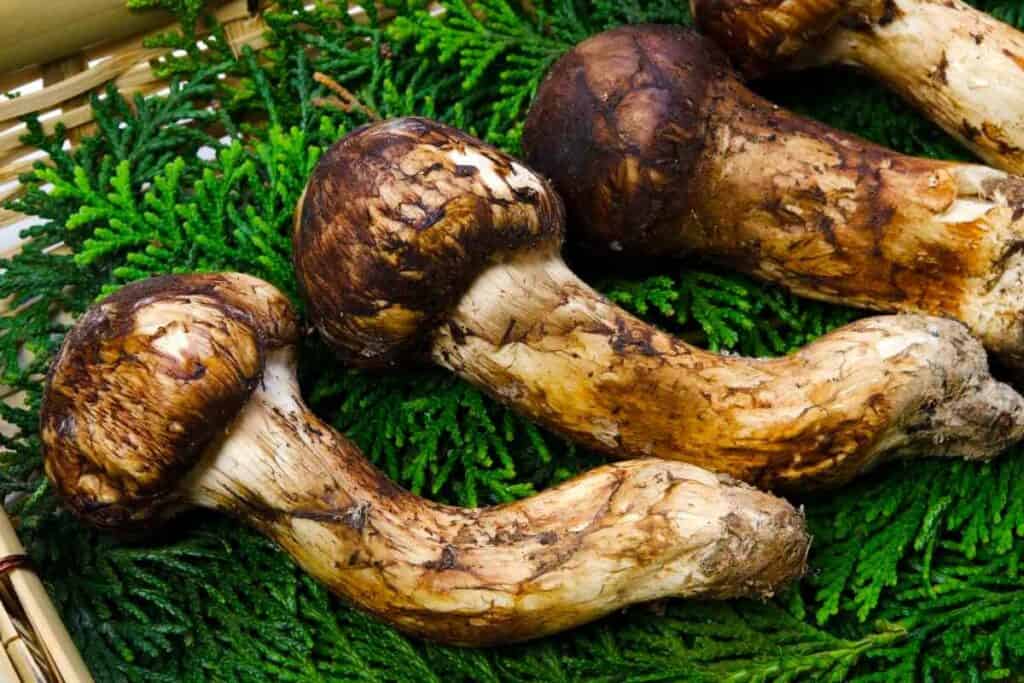
Matsutake mushrooms grow across the world, but the Japanese favor their own harvest. These fungi pop up under pine trees among forest litter.
Because of their very specific growth requirements, they are not easily cultivated. A nematode parasite has also impacted crops. The wild Matsutake are considered the very best but are rare.
The Japanese only harvest 1,000 tons of matsutake each year, but these delicious fungi command prices of up to $1000 per pound. Contrastingly, imports from China, Canada, and Europe cost $90 per kilogram.
8. Ruby Roman Grapes
Ruby Roman is a unique grape variety with giant ping-pong sized red-grapes that each weigh at least 30 grams.
These super-sweet grapes are cultivated only in Ishikawa Prefecture. The Premium Class Ruby Roman grapes are the most expensive and must meet specific grading criteria to be sold.
Each year only a handful of the grapes meet these strict standards. The most expensive bunches of these grapes have sold for as much as $14,600.
9. The Yubari King melon
If you didn’t think that melons could become any more expensive, the Japanese have exceeded themselves with the Yubari King melon (夕張メロン).
This is an extra-special hybridized variety of cantaloupe that is exclusively grown in the greenhouses in Yūbari on Hokkaido.
Only the most aesthetically pleasing Yubari King melons are harvested and sold.
Connoisseurs look for characteristics like:
- Perfect roundness
- Super-smooth skin with no defects or blemishes
- Precision snipping of the melon stem for a distinctive finish
These melons are often given as a luxury gift with prices running into the millions of yen. Auctions for the harvest are fierce with Japan’s biggest fruit merchants vying to own the very best specimens.
Yubari King melons became the world’s most expensive melon in 2019 when the food conglomerate, Pokka Sapporo Food & Beverage Ltd, purchased a pair for over $45,000!
10. O-Toro (Tuna)
Tuna is a beloved part of Japanese cuisine. Merchants, restaurants, and diners will pay limitless sums for the very best tuna.
In particular, the slices of the fatty belly of the bluefin known as o-toro can fetch the highest prices among voracious eaters of tuna.
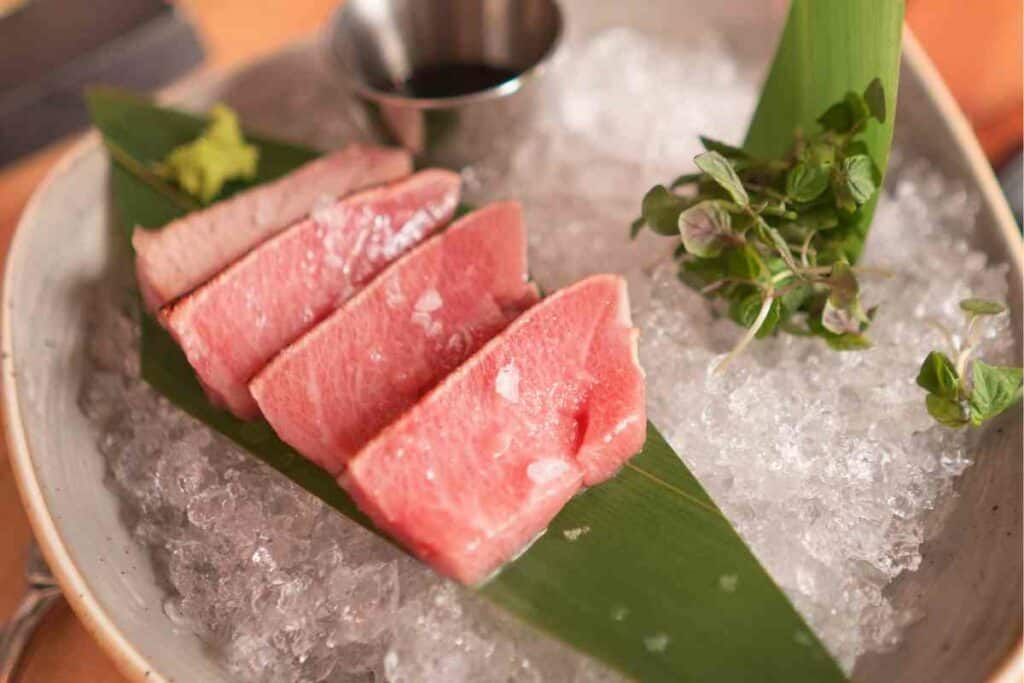
Sushi chefs will examine the belly flesh for its marbling, just like a decent steak. The fat contains more flavor and makes the tuna flesh tender and easy for the chef to work with.
Because of the international demand for fine-quality tuna, there is strong competition for the very best fish when they are auctioned at Tokyo’s fish markets.
The most expensive bluefin was sold in 2019 for a staggering $3.1 million. It was purchased by Japan’s self-proclaimed ‘King of Tuna’, Kiyoshi Kimura, for his popular chain of sushi restaurants. He had previously paid $1.76 million for tuna in previous years.
Read Next ?
Rounding up
Japan’s most expensive foods include some of the most delicious and strangest dining options around.
It’s clear that the Japanese prize the quality and provenance of their food as well as the drama of big bids at auction. So if you want to eat the very best foods in Japan, be prepared to take out a mortgage!
- Japanese Traditional Sweets (Wagashi): A Guide to Their Origins and Varieties
- A Taste of Japan in Every Bite – Japanese Candy & Snack Box Review
- Bubble Tea vs Boba Compared: What’s the Difference?
- Best Izakaya Foods for a Relaxed Night Out (My Top 10 Picks)
- Edo Kiriko Whiskey Glasses (Japanese Heritage in Every Pour)
- Japanese Viral Foods on Social Media (Discover the Top 10)

